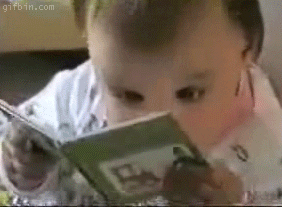Stories make up who we are and where we come from. Naturally, the same story is going to be dramatically different, depending on who is the one telling it. For the first time since we’ve begun our Digital Workshop series, our hosts are Children’s Book Translators, Emily Balistrieri, Helen Wang, Cathy Hirano; Moderated by Avery Fischer Udagawa. The intended audience for this workshop wasn’t other translators, but rather, the entirety of the children’s book community. In this workshop, viewers gained a deeper understanding and perspective into the creativity such as the process of translating a children’s book from one language to another.
Literary translation is the art of conveying a story in a new language, and conveying the text as moving as the original; this involves translating cultural context that may be unwritten. All translators mentioned that being in the mindset of the author is essential. It is an art, matching the rhythm, word choice, and timing to that of the original pages.
If you are an author whose work gets translated, I hope this panel has opened your eyes up to the humanity of this process. Children’s book translation is an art. Just as you get a different story from a different author -- when you see a children's book translated by a different person, you will get an entirely different book!
SCBWI members who missed this workshop can view it on our site here for the next month: https://www.scbwi.org/scbwi-digital-workshops-archive/. Please join us this coming Thursday for Simon & Schuster editorial director, Kendra Levin: "Tools for Being the Hero of your Creative Process During Challenging Times."
Your trusted, Book-Obsessed, SCBWI Admin Assistant
Avery Silverberg
follow me on IG for YA/MG book reviews! @a.very.fast.reader
 |




No comments:
Post a Comment